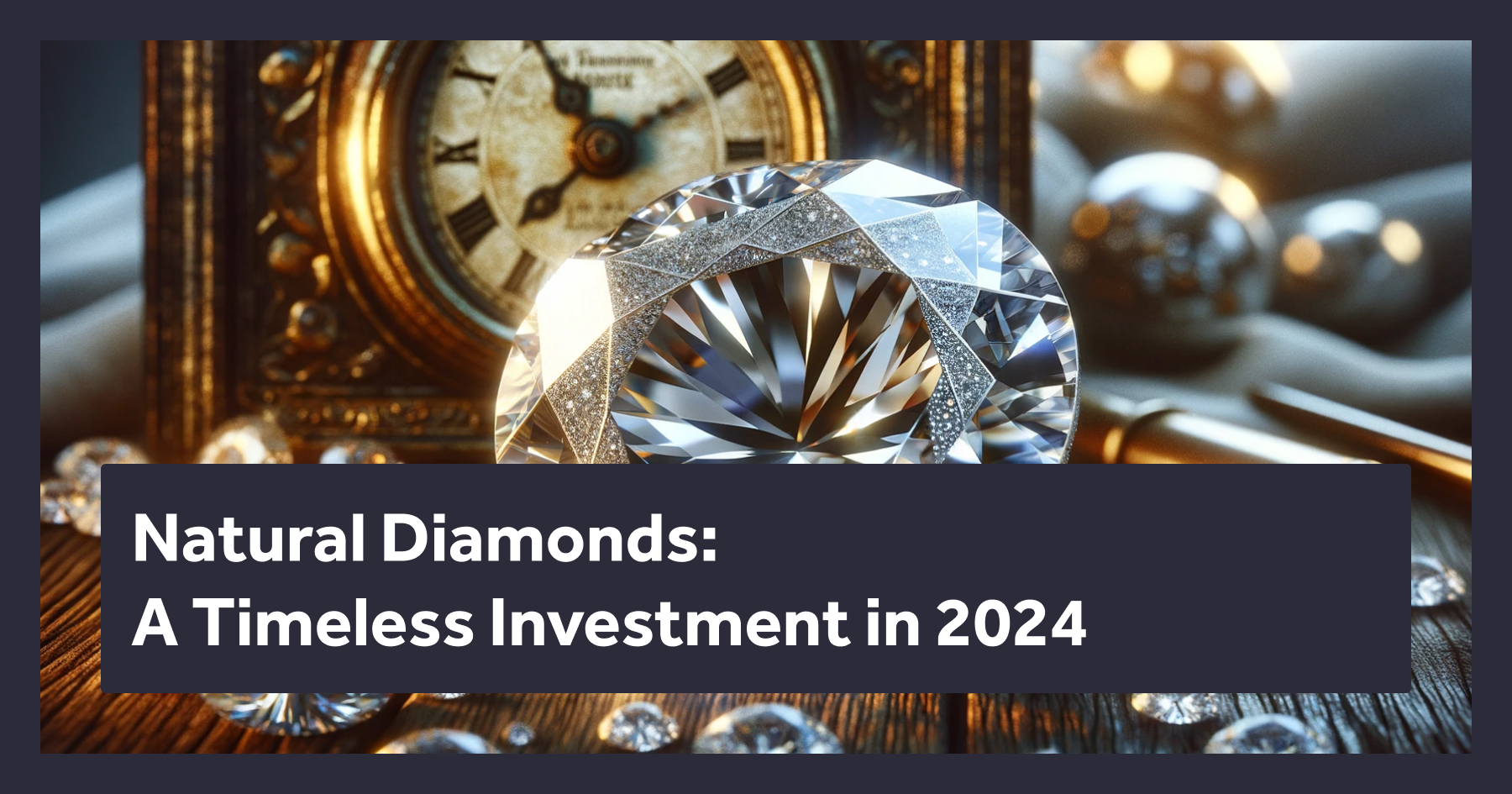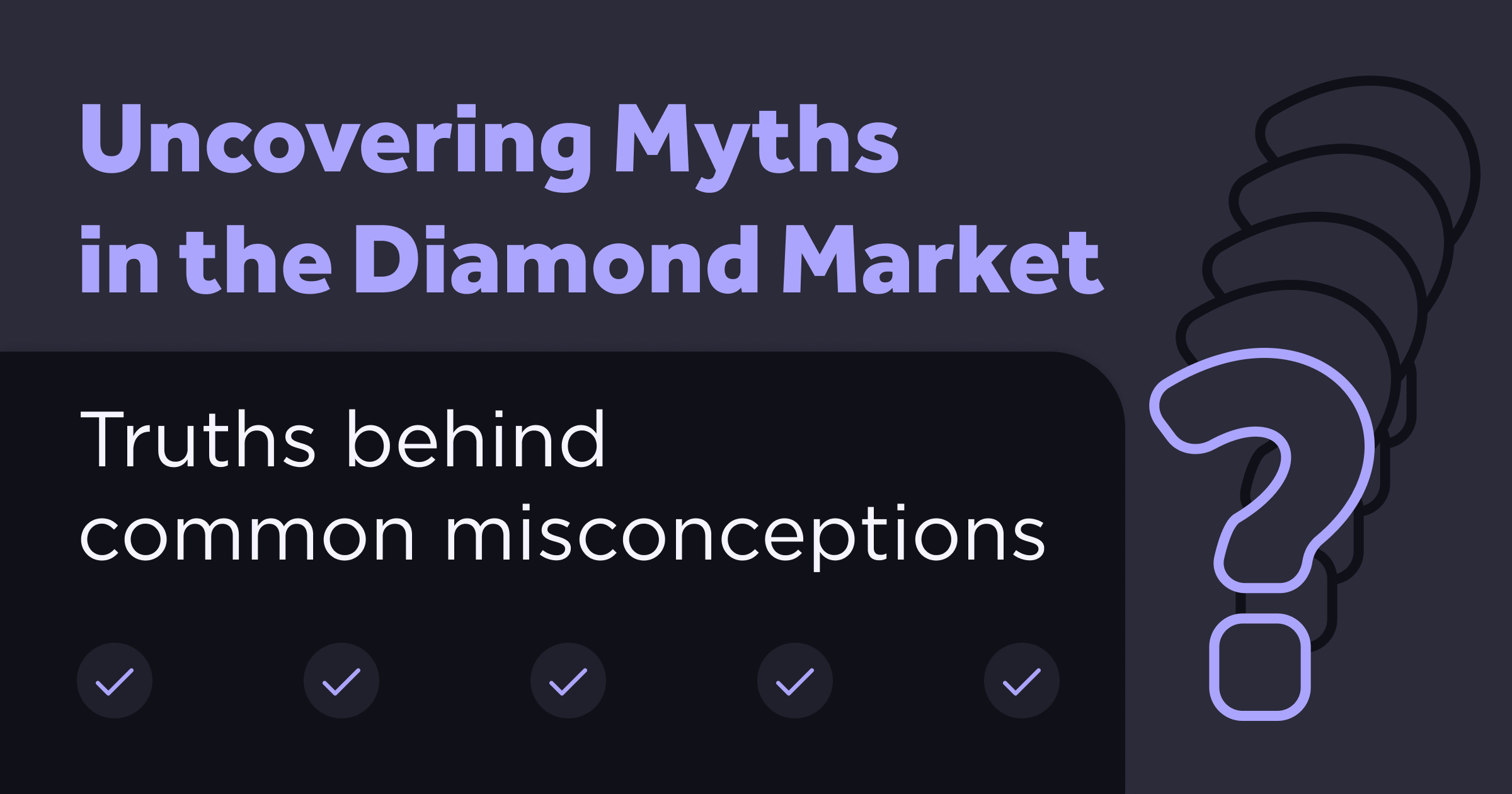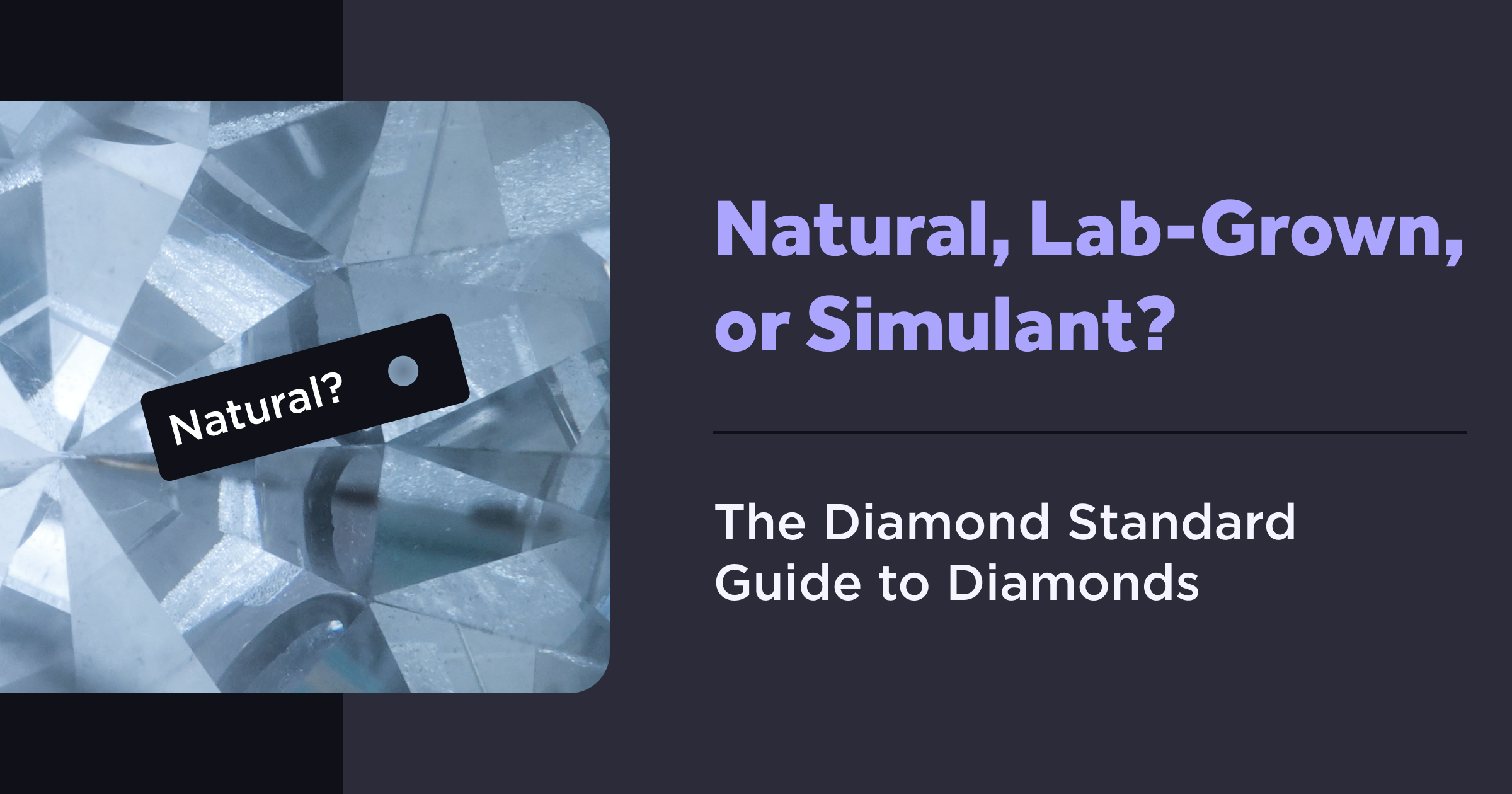This Article Explores
Diamond Standard Coin on Track to Outperform Precious Metals by 40%
Diamond Standard Co.’s summer ended with an exciting close. Over six months, the first diamond commodity navigated the logistics and regulatory milestones to complete a successful IPO. The first wave of investors in the Diamond Standard Coin witnessed a promising debut of the natural precious gem in the global commodity marketplace.
The market timing could not have been better. Equity prices are stratospheric and bonds generate risk without return. Let's also factor in stagnant diamond prices over the past 20 years plus the meteoric rise of Bitcoin. Government efforts to stabilize the economy via relentless money printing and the uncertainty of the Coronavirus pandemic resulted in the creation of a unique opportunity for investors to diversify their portfolio.
That’s right, diamonds are finally available as a commoditized, tradable investment resource. Fast forward one global pandemic, and the diamond industry certainly hasn’t faded from view. If anything, it has only taken on greater importance. Over the past year, there has been explosive growth in the industry as many investors continue to see diamonds as a big winner from lockdowns around the globe as access to rival luxury offerings was limited. The time is now for investors to take notice of this secure, deliverable, and easily traded commodity.
Diamond Standard Coin: A Promising First Act
Fueled by a $15 million investment round led by Horizon Kinetics, our New York-based team and global partners worked tirelessly in the months leading up to the IPO of the Diamond Standard Coin on February 16, 2021. Given the diamond’s history as a stable, compact store of value, we had every confidence that our first wave of investors would have the foresight to commit to the target unit price of $5,000 USD – an amount high enough to allow for a diverse set of eight to ten diamonds per coin, yet low enough to be accessible to most future serious individual investors. The hard work, innovation, and creativity by Diamond Standard’s core production team quickly paid off.
As of the June 7, 2021 IPO close, orders exceeded the offering limit by 50 percent. The IPO served as living proof of what our market research had suggested: The market had a pent-up desire for a transparent, fungible commodity alternative to precious metals.
The coin IPO served as a market litmus test, effectively giving us a green light to keep forging ahead. So, we launched a post-IPO coin offering capped at $50 million over five series of $10 million each. Based on the latest diamond prices, we set the first series coin unit price at $5,750. The price is updated weekly and reflects the global market data our buying team observes. Individual investors can purchase coins online at diamondstandard.co.
Dynamic Market Conditions Drive Up Diamond Prices Over Summer 2021
Calling the past twelve months “dynamic” is an understatement. Before the pandemic, diamond values held steady at multi-year lows. But since our IPO – especially over the summer – diamond values have increased in response to a multitude of factors, one of the biggest of which is investor fears around impending inflation. Governments across the world have been pumping fiat currency into their economies, in many places so quickly that they’re effectively minting new money. Such direct-to-consumer stimulus measures spur spending and short-term growth, but at the potential longer-term expense of inflation.
Investors see post-pandemic inflation coming, and many are earmarking bigger pieces of their portfolios for commodities. Historically, diamond values have an inverse relationship to precious metals. That is because in times of economic downturn, diamonds – with only one percent of global stock held as an investment – tend to track with the S&P 500 while precious metals rise in value.
With our announcement earlier this year of the Diamond Standard Coin and our $15 million diamond buy, nature’s most highly sought-after stone started to break from historical trends, increasing in value as the prospect of a fungible, market-tradable diamond commodity became a reality. Since receiving regulatory approval in 2020, diamond values (as of August 2021) are up over 50 percent. The value of our diamond coin has risen nearly 20 percent since the initial coin offering. Over the same period, gold values decreased by 11 percent. We see this as just the beginning of diamonds rising into their full potential as a safe, transparent, viable commodity.
Diamonds Are The ‘Late Bloomer’ of Commodities (And That’s Good News)
Recently we set out to quantify for our current and prospective investors just what this recent rise in diamond prices means. Was it a fluke? A short-lived bubble? We couldn’t be more excited by what we found. But first, let’s start with why we conducted our experiment. The short answer: Is our Diamond Standard Coin a good investment? As our CEO Cormac Kinney intuitively knew from years of successful ventures in the fintech realm, yes, of course it will! But we also needed hard evidence for our investors – for you.
The experiment was elegantly simple. We randomly pulled the information for 15 Diamond Standard Coins from our database. Our team compared the total current value of the 15 coins to the total market value of the enclosed diamonds as appraised individually. When divided out as loose diamonds, the value of the lot was 45 percent greater than the present value of 15 coins.

This is even better-than-expected news for our investors – especially the first round of coin buyers – because the raw value of their investment has outperformed the overall market by leaps and bounds. So, for our coins, it’s a buyer’s market. One who buys a coin now receives an immediate theoretical return on investment of over 20 percent. But as word of the Diamond Standard Coin spreads and buyers catch on to this, we expect the gap between the value of the coin’s diamonds in loose form and the total coin value to close. But when our coin’s value catches up to the value of the diamonds within, that is not the end – it’s just the beginning of new wealth being generated from a largely untapped investment resource.
Diamonds have been around forever (just like gold and other precious metals) so how is this possible?
Anyone who is not already intimately familiar with diamonds as an investment (still most people) is rightly justified to pose this question. So, let’s do the numbers.
Prior to the Diamond Standard, acquiring diamonds as an investment was largely impractical and limited to corporations, banks, and only very high-net worth investors who could afford the time it might take to re-sell a lot of stones. Huge costs associated with selling loose diamonds have made doing so even less attractive.
Only about one percent of the world's above-ground diamonds are held by investors. The other nearly 99 percent of above-ground diamonds are held by consumers and retailers. There is an estimated $1.2 Trillion supply of natural diamonds (compared to $9.0T/gold and $1.1T/silver). The five most common precious metal commodities – gold, silver, platinum, palladium, and rhodium – are allocated as 28, 19, 17, 15, and 15 percent, respectively, as investments. Now that diamonds are fungible and market tradable via the Diamond Standard Coin, and soon as diamond-backed cryptocurrency, we expect a 400-percent price jump over the next 15 years as allocation of the world’s diamond supply converts into investments.
As fungible assets beyond the Diamond Standard Coin such as diamond-backed crypto compete for diamonds, the resource will become even more scarce, thus more expensive. This is especially good news for early adopters of the Diamond Standard Coin.
 The Diamond Standard is a permanent statistical index of diamond characteristics,
such as carat weight, color, and clarity that must be contained in every Diamond Standard Coin.
This chart illustrates the frequencies of these diamond grade characteristics in the public Diamond Standard index.
The Diamond Standard is a permanent statistical index of diamond characteristics,
such as carat weight, color, and clarity that must be contained in every Diamond Standard Coin.
This chart illustrates the frequencies of these diamond grade characteristics in the public Diamond Standard index.
Beyond the “late bloomer” potential we’ve described above, the present price gap between the coin and its diamonds as loose stones can be explained by the singular buying power of our Diamond Standard Exchange. Our straightforward exchange system takes maximum advantage of the concept of “economies of scale.” By acquiring large lots of diamonds from our trusted vendors, we command lower prices, which are in turn passed to our investors who purchase diamond coins.
Anyone who has shopped at Costco or Amazon has benefitted from this phenomenon. Retailers like Wal-Mart and Target take this concept even a step further through total vertical integration – owning the widget factory. While we won’t purchase an entire diamond mine, our practice of buying up to millions of dollars of natural certified diamonds at a time ensures optimal pricing and return on investment for Diamond Standard Coin buyers. Diamonds becoming market tradable is a major inflection point, just like when personal computers hit the market, opening computing beyond governments and major universities.
Diamond Value Coined As ‘Go-To’ Scarce & Stable Investment
We’re proud to be the first pioneers of market-tradable diamonds. But soon, others will find yet new ways to leverage the compact store of value and stability diamonds provide – and we’re counting on it. Anyone who finds a new and innovative way to use diamonds as a store of value will indirectly contribute to further increases in the value of diamonds.
The Diamond Standard Coin will continue to increase in value, providing bragging rights for the first waves of investors (remember when grandma bought Intel in the early 90’s and everyone thought she was crazy?) and reliable returns for new investors.
Some will want to keep the actual coin in hand as a physical asset, and, if we may say so ourselves, a cool conversation starter. But most, we predict, will want to take advantage of our coins in tokenized form via the blockchain or as an instantly tradable ETF “DIAM,” once up and running on the commodities markets.
In the midst of the perfect storm for higher diamond prices, investors can take advantage of this under-allocated trillion-dollar natural resource. The Diamond Standard commodities have already been approved to settle futures being listed on the CME Globex, and options being listed on MIAX Options. An ETF is pending SEC approval for listing on the NYSE.
More Industry Insights




